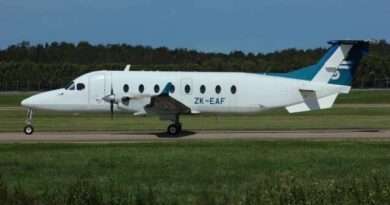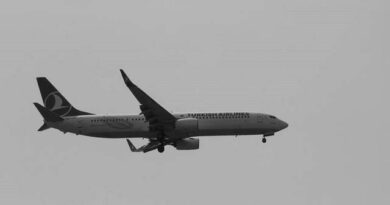Turkish Airlines Flight 981: The Deadly Paris Crash 3 March 1974
On March 3, 1974, Turkish Airlines Flight 981, operating a McDonnell Douglas DC-10, crashed shortly after departing from Paris Orly Airport. The accident resulted in the deaths of all 346 passengers and crew onboard (335 passengers, 11 crew), making it one of the deadliest aviation disasters in history (Wikipedia) (The HISTORY Channel).
The Events Leading to the Crash
Flight 981 was en route from Istanbul Yeşilköy Airport to London Heathrow with a stopover in Paris Orly. The DC-10 aircraft, registered TC-JAV, took off from Paris at 12:32 PM, bound for London Heathrow (Wikipedia). The flight was heavily booked due to a strike at British European Airways, causing many stranded passengers to board Flight 981(AeroTime)(The HISTORY Channel). Nine minutes into the flight, as the aircraft climbed through 11,000 feet, the rear cargo door on the left side blew off (The HISTOR Channel) (AeroXplorer). The resulting explosive decompression caused part of the cabin floor above the cargo area to collapse. Six passengers were instantly ejected from the plane through the gaping hole (AeroTime) (AeroXplorer).
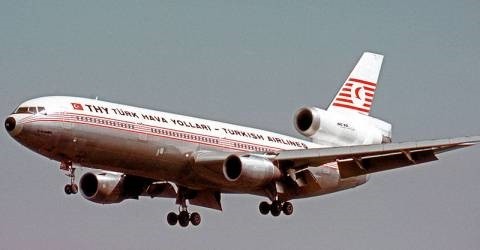
Cause of the Disaster
The catastrophic failure stemmed from a design flaw in the DC-10’s cargo door latching mechanism. This flaw had already been identified two years earlier when a similar incident occurred on American Airlines Flight 96 in 1972 (AeroTime) (Wikipedia). In that incident, the crew managed to land the plane safely, avoiding fatalities, but the underlying issue was not fully addressed.
The DC-10’s cargo door was large and outward-opening to maximize space. However, this design meant that if the door wasn’t properly latched, the cabin pressure could force it open, as happened on Flight 981 (The HISTORY Channel). Despite recommendations to modify the latching mechanism, McDonnell Douglas, the aircraft manufacturer, had not made adequate changes to ensure safety (Wikipedia)(AeroTime).
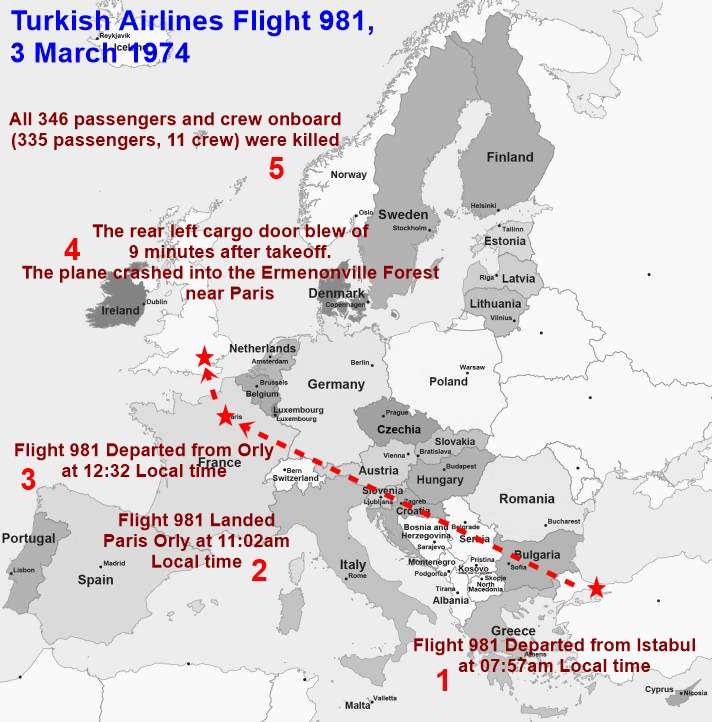
The Impact and Crash
When the cargo door blew off, it severed the control cables for the plane’s elevators and rudder, leaving the pilots unable to steer the aircraft (The HISTORY Channel). The plane went into a rapid dive and crashed into the Ermenonville Forest near Paris. The impact was so violent that the aircraft disintegrated, leaving very few intact bodies (AeroTime) (AeroXplorer). The crash site stretched over a large area, damaging the forest and leaving debris scattered across a 2,297-foot-long and 328-foot-wide area (AeroXplorer).

Investigation Findings
Investigators from France’s Bureau of Enquiry and Analysis for Civil Aviation Safety (BEA) concluded that the rear cargo door had not been properly secured. Ground staff had failed to notice that the locking pins on the cargo door weren’t fully engaged. Additionally, the installed pressure relief vents, meant to equalize pressure in case of decompression, were too small to prevent catastrophic damage (AeroTime)(AeroXplorer).
Turkish Airlines Flight 981 and the Swiss Cheese Model
The Swiss Cheese Model explains how multiple failures led to the crash of Turkish Airlines Flight 981. The first “hole” was the faulty cargo door design, which could appear locked when it wasn’t (Wikipedia). Ground staff failed to catch this error, adding another layer of failure (AeroXplorer). The pressure relief vents were too small to handle rapid decompression, creating another weak point (AeroTime)(The HISTORY Channel). When these failures aligned, the cargo door blew off, causing the decompression that doomed the flight (AeroTime)(The HISTORY Channel). Each failure, unnoticed on its own, combined into a fatal disaster.
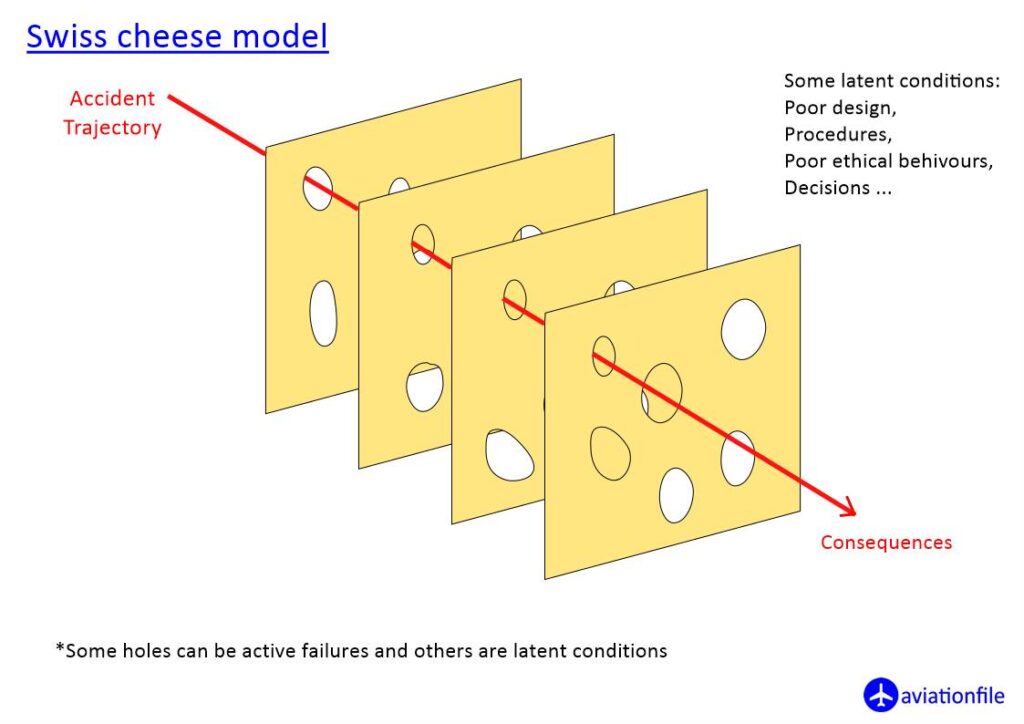
Aftermath and Legacy
The crash of Flight 981 prompted an industry-wide review of the safety standards for cargo doors. The Federal Aviation Administration (FAA) issued airworthiness directives requiring all DC-10 aircraft to be modified with a redesigned latching mechanism and larger pressure relief vents (AeroTime) (AeroXplorer). McDonnell Douglas, under significant legal pressure, paid over $18 million to the families of the victims, and the accident marked a turning point in how aviation safety protocols were handled (Wikipedia)(AeroTime).
Despite these improvements, the crash of Flight 981 remains a reminder of the dangers of design flaws and the critical importance of rigorous safety standards in the aviation industry.
Conclusion
Turkish Airlines Flight 981 was a tragic accident that highlighted serious design and procedural flaws in the aviation industry. It led to significant changes in aircraft design and a reassessment of safety protocols that continue to influence modern air travel safety.
